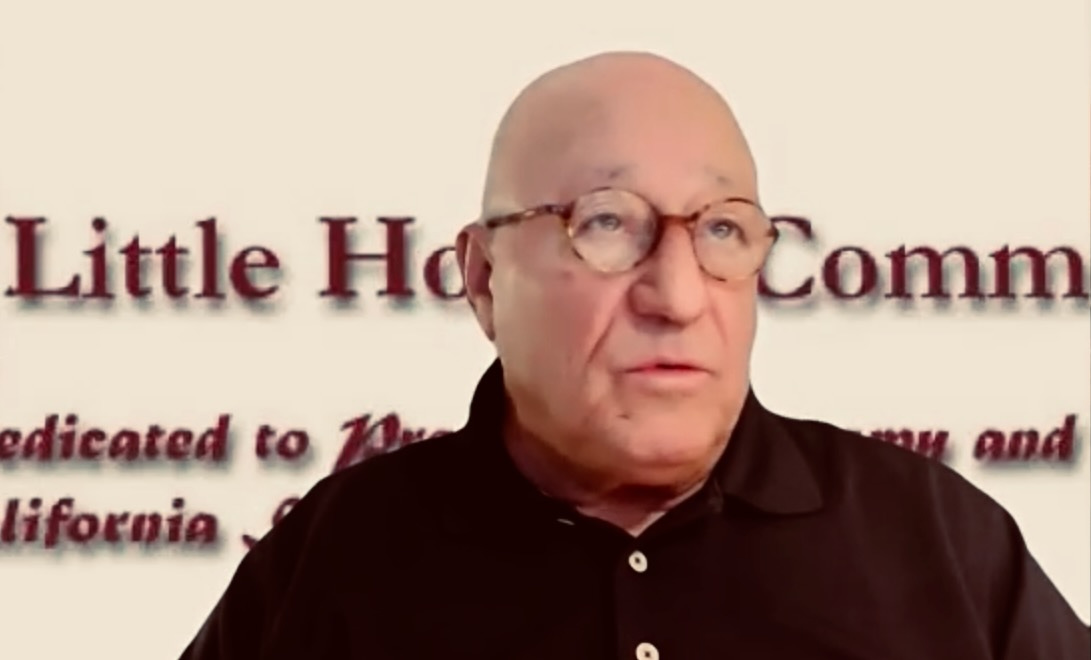Making Sense of the Homeowners Insurance Crisis
From owners "hardening" homes to industry pushing for "catastrophic modeling," state government watchdog Pedro Nava explains the most far-reaching economic impact of L.A. fires
Two months before the deadly Los Angeles wildfires, California’s independent government watchdog agency released a study of the widening problem of homeowners losing insurance, amid a parade of companies pulling out of the state.
Among multiple witnesses, members of the non-partisan “Little Hoover Commission” heard testimony about the California Fair Access to Insurance Requirements Plan – aka the “FAIR Plan” – the state’s insurer of last resort, which provides bare bones coverage for those who have had their insurance cancelled or are unable to afford premium plans.
In the final report, issued last November, the commission reported: “Today the FAIR Plan’s risk exposure exceeds its reserves…The FAIR Plan estimates there are several areas within its portfolio characterized by high concentrations of wildfire risk, which pose significant financial risk to the insurers, and ultimately consumers.
“‘We are one event away from a large assessment,’ (FAIR plan president) Victoria Roach told legislators in March.”
Now, suddenly, that “one event” is here.
As the death toll of the L.A. fires reached 25 this week, and preliminary damage assessments soared as high as $250 billion, Little Hoover Commission Chair Pedro Nava sat down with Newsmakers on Thursday, to discuss the group’s comprehensive – and chillingly prescient – report on California’s insurance crisis.
“It became real clear to us that this issue of homeowners insurance was one that had been ignored for too long, and that was creating significant economic issues for California,” Nava said.
“It's hard enough when you lose your insurance coverage, but you also have to think about what happens to the mortgage industry. We learned that there were nonprofits that wanted to build housing, but once they figured out what the premiums were going to be for their insurance, they could no longer pencil it out,” he added. “So it has far reaching consequences to the California economy, and we thought it was important enough to study.”
An exodus of insurers. In the last three years, seven of the 12 leading insurers in California – which wrote policies for 85 percent of the state’s homeowners, according to the report - stopped or paused writing new residential business.
While the economic reasons are several and complex – increased construction costs, the state’s rate-setting process, established by 1988’s Prop. 103, the cost of buying “reinsurance” for themselves – the bottom line cause is California’s recent spate of increasingly fraught and treacherous wildfires, fueled by an atmosphere of higher temperatures and other perilous conditions shaped by climate change.
Beginning with the fire seasons of 2017, which included the Thomas fire, and 2018, which included the murderous Camp Fire up north, insurers found California, the largest market in the nation and the fourth largest in the world, less attractive.
“The climate change conversation unfortunately sometimes seems to get divided by what side of the aisle you are on, if you're on the blue side or the red side,” Nava told Newsmakers. “But the fact of the matter is that there is climate change.
“Now we don't have to talk about who's responsible for it or what made it happen, but there is climate change and we have had significantly drier periods of time. We are in one of those right now. And it is ironic that when we do have rains in areas, particularly like Los Angeles and Malibu and the Palisades, what you end up is with this explosive growth of grasses,” he added.
“And I hear in the news, they’re talking about forest fires. This is not what happened in the Palisades. There were grasses, there were grass fires, coastal sage scrub – It’s a different kind of fire…(With) this particular fire, with the wind that people haven't seen in the past, the houses themselves became the fuel. While there may have been the grasses that started the fire, what then continued and grew, was the housing itself became the fuel that made the fire even worse.
“And with the winds blowing at 90 to a hundred miles an hour, the embers would travel three, four, five miles getting up under eaves and on properties and then starting fires in the homes. So climate change is definitely an issue.”
Proposed solutions. In our conversation, Nava discusses the multiple perspectives of stakeholders in the insurance crisis, talks about the 11 proposed solutions set forth by the commission — several of which have now been embraced by Insurance Commissioner Richard Lara — and looks ahead to what the latest fires – and a hostile Trump Administration – may mean for Californians, in the wake of the worst and most costly wildfires in state history.
“I think it’s almost impossible to tell how bad it’s going to get,” he said. “And I think it’s going to get really, really bad.”
Check out our conversation about the insurance crisis with Pedro Nava via YouTube below, or by clicking through this link. The podcast is available here on Soundcloud, and also on Spotify, Apple and other platforms. TVSB, Channel 17, airs Newsmakers TV every weeknight at 8 p.m. and at 9 a.m. on weekends. KCSB, 91.9 FM, broadcasts the program at 5:30 p.m. on Monday.



Thank you for continuing to tackle important and meaningful topics.